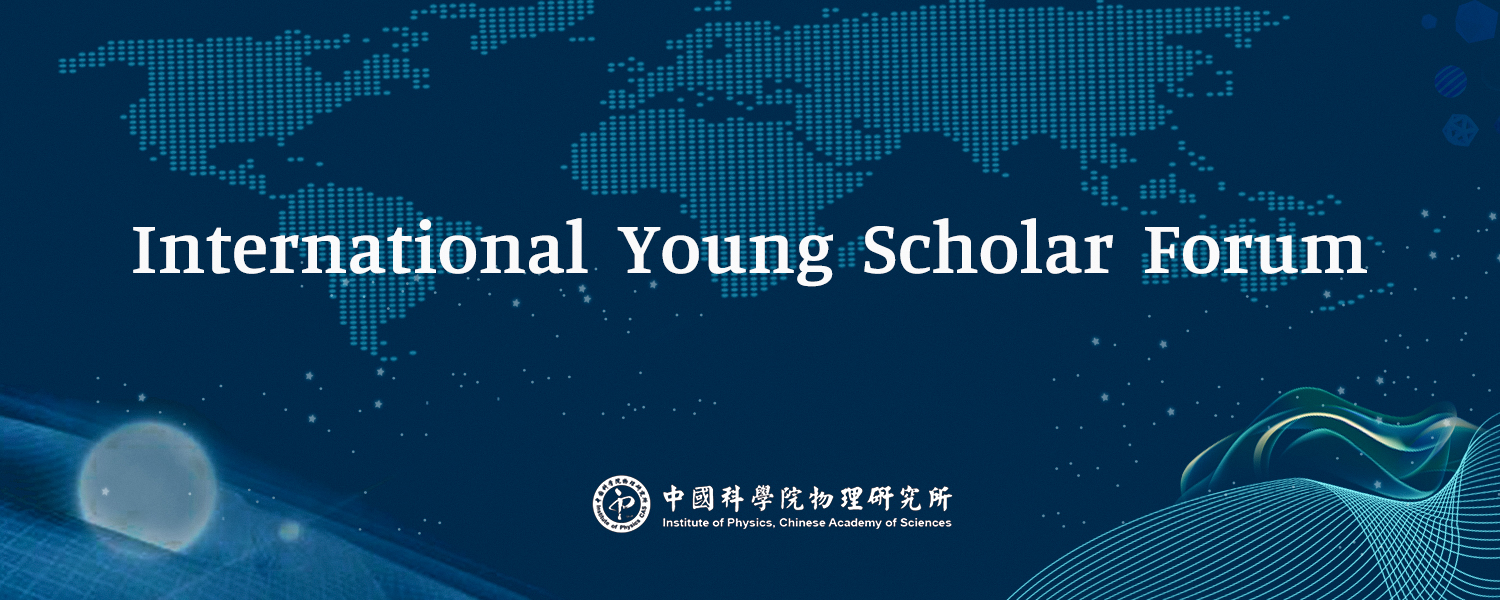Speaker: Dr. Haoxin Zhou, California Institute of Technology
Host: Prof. Jimin Zhao, State Key Laboratory for Surface Physics, Institute of Physics
Time: 10:00 am, December 14th, 2022
Abstract:
Bernal bilayer graphene and rhombohedral trilayer graphene are two crystalline allotropes of layered carbon materials. They inherited the simple energy band dispersion and gate tunability of monolayer graphene. In addition, the existence of Van Hove singularities and flat band edges opens the opportunity for them to host correlation-driven electronic phases. In this talk, I will report our observation of magnetism and superconductivity in these two materials. We found that both host gate-tuned spin- and valley-ordered magnetic phases. The interplay of Coulomb interaction, inter-valley scattering, and subtle features of the single-particle energy bands makes the phase diagram rich and complex. More surprisingly, several superconducting phases were observed near some of the phase boundaries. They show distinct responses to external perturbations such as magnetic field and change of temperature, indicating different configurations of the Cooper pairs. Apart from gate-tuned phase transitions, we found that the proximity-induced spin-orbit coupling can alter the phase diagram and stabilize superconducting phases with significantly higher critical temperature. Our observation of the novel phases together with the homogeneity of the crystalline materials make the Bernal bilayer graphene and rhombohedral trilayer graphene ideal prototype materials to study the manybody physics and mechanisms of superconductivity.
References:
[1] H. Zhou, T. Xie et al., Nature 598, 429 (2021)
[2] H. Zhou et al., Nature 598, 434 (2021)
[3] H. Zhou et al., Science 375, 6582 (2022)
[4] Y. Zhang et al., Arxiv:2205.05087
Brief CV of Dr. Haoxin Zhou:
Dr. Haoxin Zhou is a postdoctoral scholar at California Institute of Technology, working on experimental condensed matter physics. His research focuses on studying correlated electronic phenomena in two-dimensional materials and their Van der Waals heterostructures using cryogenic electrical measurements. Before joining Caltech, he received his PhD in Physics from the University of California, Santa Barbara in 2021, working with Dr. Andrea Young, and B.S. from the University of Science and Technology of China in 2015.
